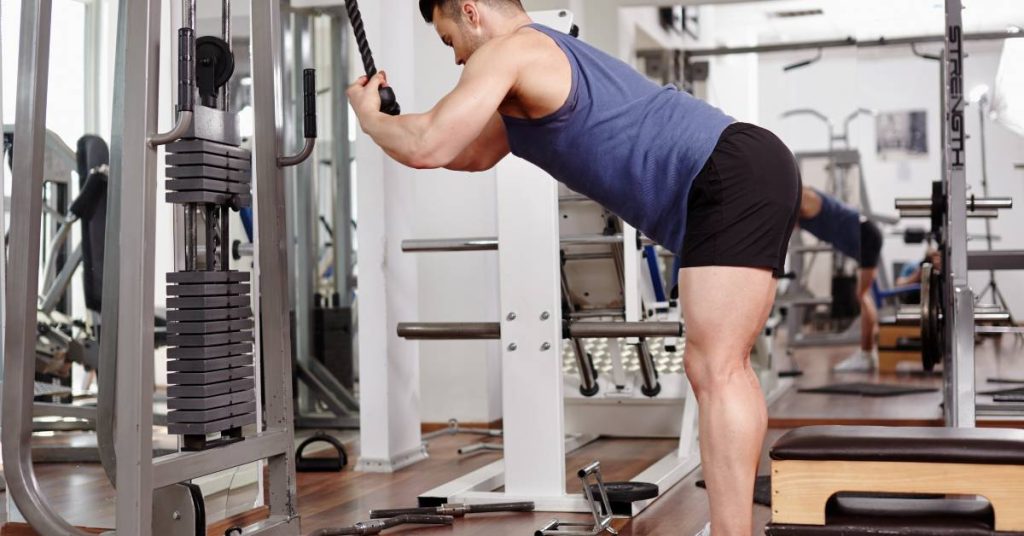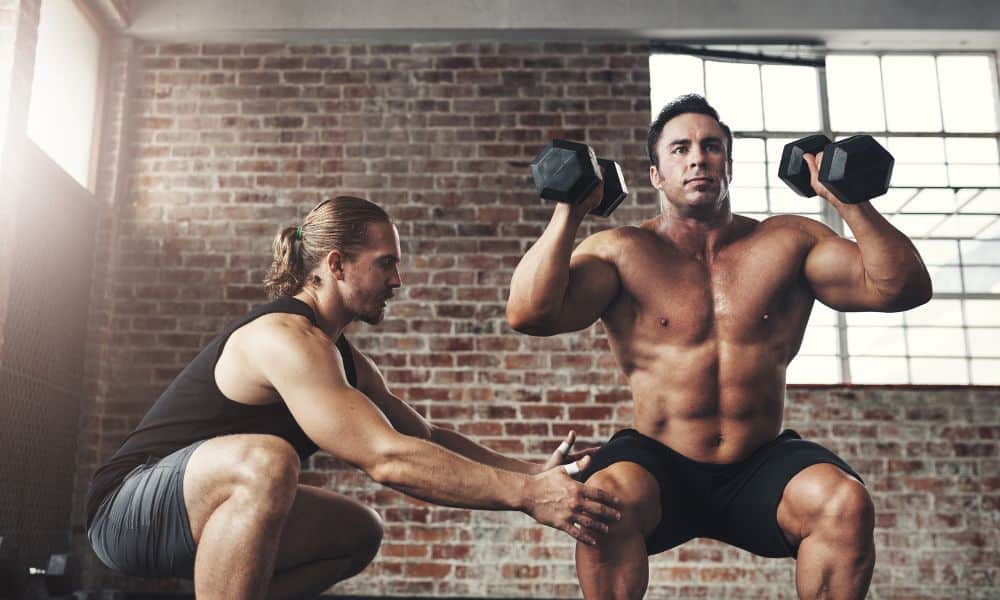Setting up a home gym can be an exciting venture, and a cable machine often sits at the heart of it. Understanding the dos and don’ts of using cable machines at home will ensure you get the most out of your workouts while minimizing risks. With their versatility, cable machines can transform your fitness routine, offering a range of exercises that target various muscle groups.
Do: Prioritize Proper Setup
How you set up your cable machine matters. Along with following all manufacturer instructions and adhering to the assembly guide, you’ll also want to ensure the machine is on a level surface. Foundation issues can stem from many causes, and they can manifest in your home’s garage, where most people keep home gym equipment. Always check for these issues before setting up tall, heavy workout equipment. A stable setup not only enhances safety but also ensures smooth operation for optimal performance.
Don’t: Neglect Form and Technique
Proper form is crucial when using cable machines. Poor technique can lead to injuries and ineffective workouts. When learning how to best perform a seated cable row, focus on keeping your back straight and core engaged. Controlled movements and correct posture can make a significant difference in results. Consider watching instructional videos or consulting a fitness professional if you’re unsure about your form.
Do: Incorporate a Variety of Exercises
Cable machines offer a plethora of exercises to diversify your routine. A cable machine can be an essential tool for doing chest workouts that get results, including chest presses. Experiment with different attachments and angles to target muscles from various perspectives. This approach prevents workout monotony and promotes balanced muscle development.
Don’t: Overlook Regular Maintenance
Maintaining your cable machine is vital for its longevity and your safety. Regularly check cables, pulleys, and other components for wear and tear. Lubricate moving parts as recommended in the user manual to ensure smooth operation. Promptly addressing maintenance needs can prevent accidents and prolong the equipment’s lifespan, allowing you to focus on your fitness journey without interruptions.
Do: Listen to Your Body
Paying attention to your body’s signals is essential for avoiding overtraining and injury. If you experience discomfort or pain during an exercise, take a break and revisit resources to determine if you’re using the right technique. It’s important to gradually increase the intensity and volume of your workouts. Allow your body time to recover and adapt to new challenges, ensuring long-term success in your fitness journey.
Conclusion
The dos and don’ts of using cable machines at home are vital for creating a safe and effective workout environment. By setting up your equipment correctly, maintaining proper form, and incorporating a variety of exercises, you can maximize the benefits of your cable machine. Regular maintenance and listening to your body’s needs can further enhance your workout experience. Embrace these guidelines, and your home gym will become a powerhouse of fitness potential, driving you toward your health and fitness goals.




